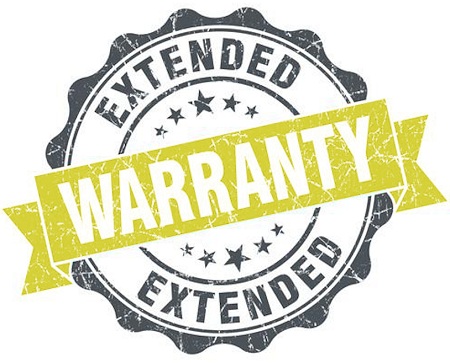Warranties, Extended
by Michael Paladino
Moderators at the Warranty Chain Management conference last week in Orlando, FL proposed a number of questions: How will IoT (Internet of Things) implementation change the nature of warranties and product ownership? How can analytics be used to detect warranty claim fraud, and develop after-market plans to sell more service contracts? And what do millennials want, really?
Outside of the panels, another question circulated: How else can warranty registration data be leveraged, beyond warranty management itself?
We over at Black Ink Technologies have an answer, and many at WCM tended to agree: there is an opportunity for teams in Quality Assurance and Warranty Management to pool their resources with Sales and Marketing to increase incremental whole goods revenue. In short, warranty data can be extended across your organization in order to better understand customer trends and purchase history, optimize your dealer network, and target key demographics.
Why use warranties for this purpose, you ask? For starters, warranty registration databases are rich data sources that provide customer contact and address information, purchase history, and, often, customer use codes. That level of detail goes beyond other sources of purchase records such as a POS (Point-Of-Sale) system and allows for records from one or multiple other data sources to be linked up. Armed with this data, we can know, for instance, that John Smith is a contractor who just made his fifth purchase in four years from three different dealers across two states.
What’s more is that warranty registrations can add context to and be merged with other records located outside your organization to provide an even bigger picture. At Blank Ink, for example, we sync these customer records with our own procured databases, or from the U.S. Census, to provide demographic breakdowns. Now, not only do we know John Smith’s robust purchase history, but also that John is a male homeowner between 35-44 years old, that he makes an estimated annual income between $75-100K/year, and that, within his cohort, he spends 10% more on average per transaction. Market to John. Sell to John, and more like him.

Excited yet? Warranty registrations extend their benefit further as a single source of customer purchase data. Imagine pooling information from your entire distribution network: some dealers will have POS system ‘X’, some will have POS ‘Y’, some won’t have a dedicated system, some won’t return your call. Headaches follow. Warranty registrations, on the other hand, inherently funnel to one place in your organization. By retooling these registrations as customer purchase records, you can circumvent your distribution network, and even use the information to monitor and optimize it: easily compare Dealer ‘A’ to Dealer ‘B’, and, if one is lagging while the other is thriving, get insights as to why by viewing their relative customer mix, product mix, average transaction value, and trends over time.
All told, there is value in leveraging warranty registrations apart from warranties themselves; that value is by and large going untapped. At WCM, many companies seemed intrigued at the idea that warranties, services, and products have started to converge together, given the age of the subscription economy and the dawn of IoT. Perhaps warranty databases, then, should likewise speak to customer and sales databases, as a means of creating a wholistic view of customer behavior across an organization. After all, what else do millennials want, if not connectivity?
Still not convinced? Chomping at the bit? Let us know at mpaladino@blackinktech.com, or learn more at www.blackinktech.com.
